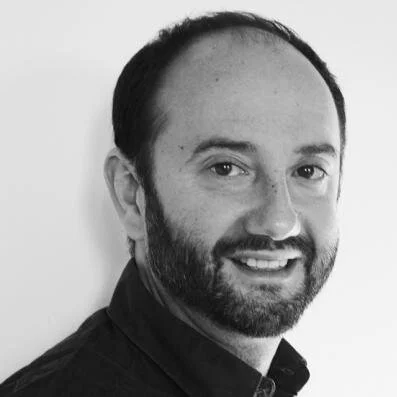(Highlights) MUSÉE PICASSO · FMR. PRESIDENT LAURENT LE BON · PRESIDENT CENTRE POMPIDOU
/President · Musée Picasso
Picasso is a symbol of the creative process.
Always in metamorphosis. Always in transformation. Sometimes when you become wealthy and famous, you stop having the energy of the creative process, but if you see the whole span of his career, you have 50,000 works of art in all mediums. So the main mission of the museum is to display like a kaleidoscope, and we have always a new angle, a new direction.





